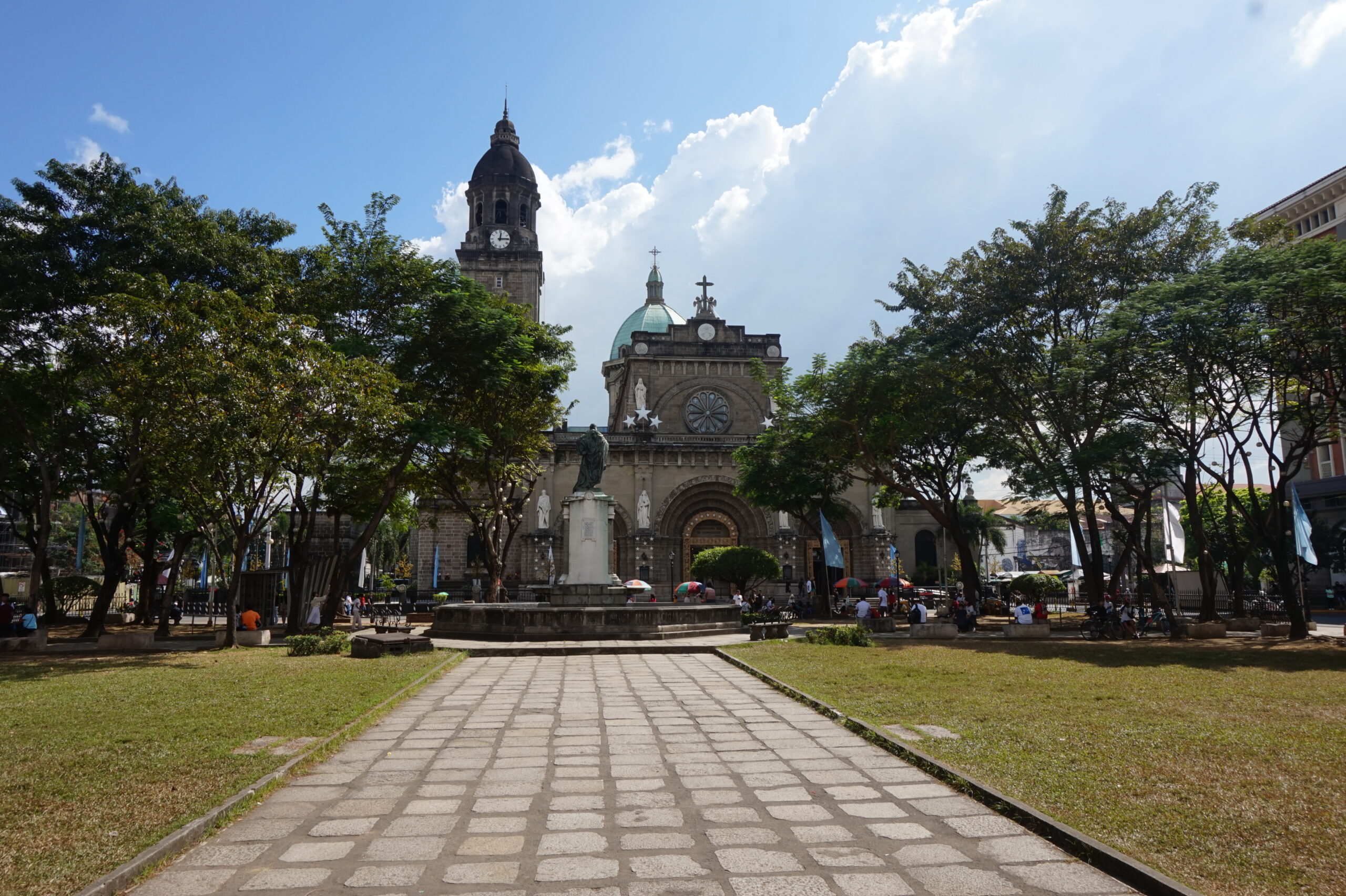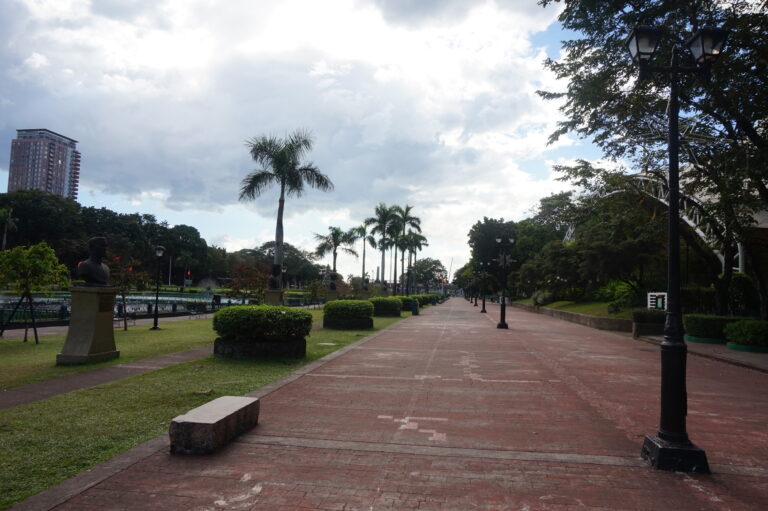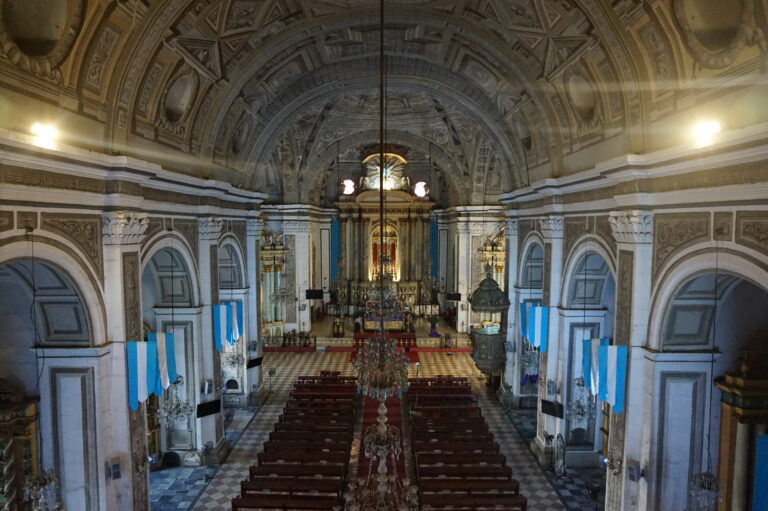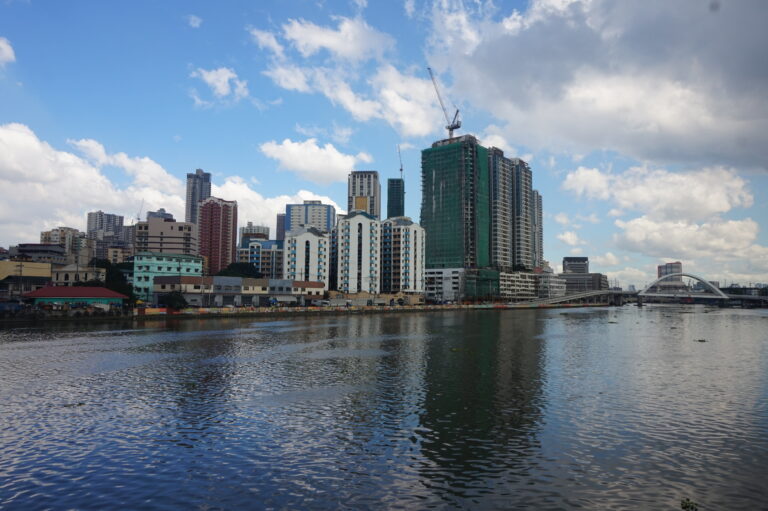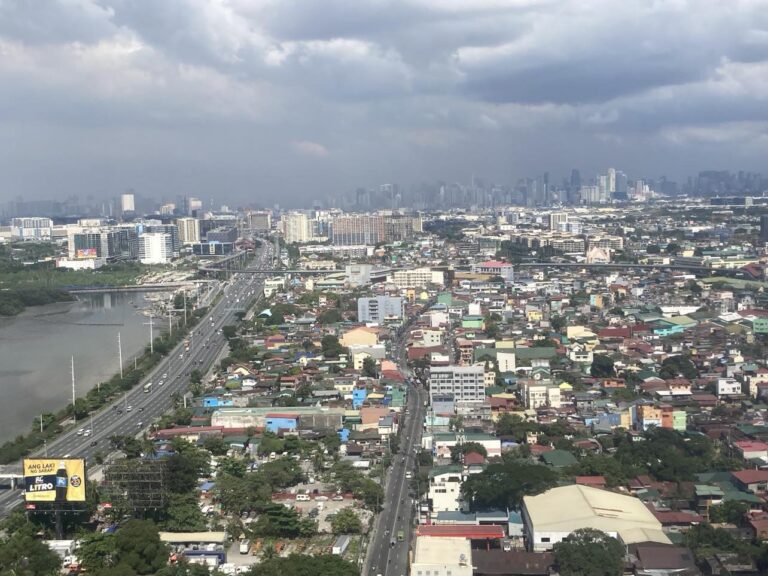Exploring Intramuros In Manila – 11 Things You Have To Do!
Nestled within the bustling heart of Manila lies Intramuros, a historic walled city that stands as a testament to the Philippines’ rich colonial past. This fortified area, known as the “Walled City,” is a treasure trove of history, culture, and heritage, offering a journey back in time through its ancient streets and magnificent structures.
Whether you’re a history enthusiast, a cultural explorer, or simply looking for a unique travel experience, Intramuros promises an adventure that’s both enlightening and unforgettable.
What Is Intramuros
Intramuros, the walled city nestled in the heart of Manila, Philippines, stands as a testament to the country’s history. Conceived in the late 16th century during the Spanish colonial era, it was built with defensive walls meant to protect the seat of the Spanish government.
Over the centuries, Intramuros has witnessed pivotal moments in Philippine history -from the Spanish colonial period through British occupation, American colonization, and Japanese invasion during World War II, to the country’s eventual fight for independence.
Despite suffering considerable damage during the Battle of Manila in 1945, Intramuros has risen from the ruins, preserving its historic structures and cobblestone streets, making it a living museum of Spanish colonial architecture and heritage. Today, Intramuros is more than just a historical site; it’s a vibrant enclave that houses ancient churches, schools, museums, and government buildings.
Intramuros is a cultural and educational hub that attracts students, historians, artists, and tourists. It’s an ancient site that speaks to the resilience and faith of the Filipino people, making it an essential destination for anyone looking to delve deep into the soul of the Philippines. All of this is why Intramuros is so famous and the hotspot for tourists in Manila.
Highlights Of Intramuros
There are several ways to get around Intramuros. The most common ways are to just walk by yourself, or join a guided tour which I recommend doing! There are also guided tours on bicycles, which is a good way to get around Intramuros.
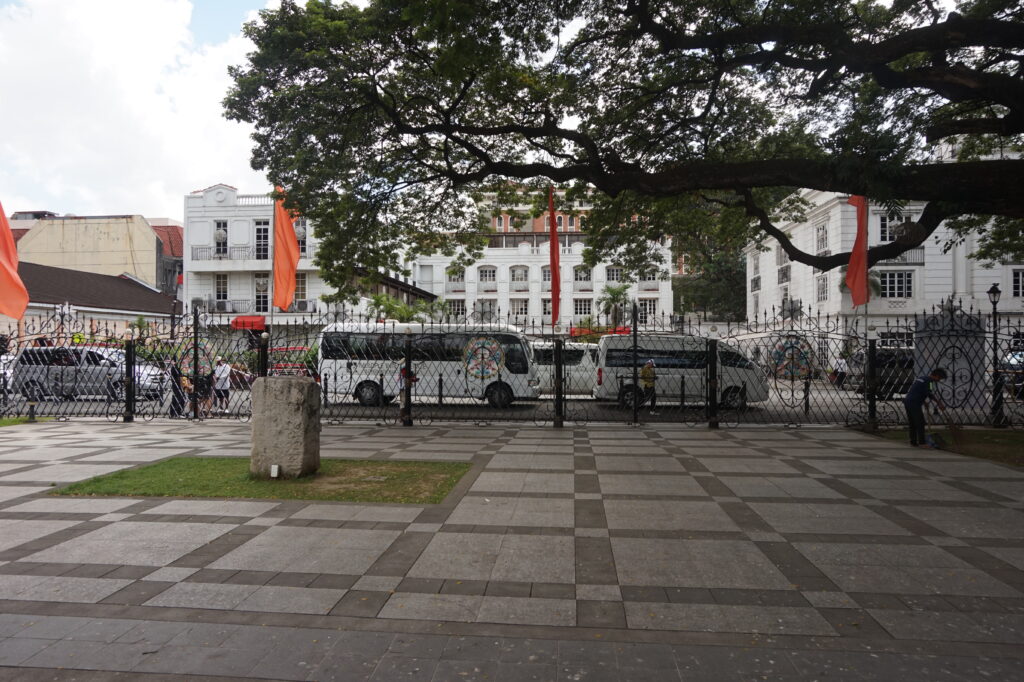
Fort Santiago
A visit to Fort Santiago is a must-do It is also good to start here on your day around in Intramuros
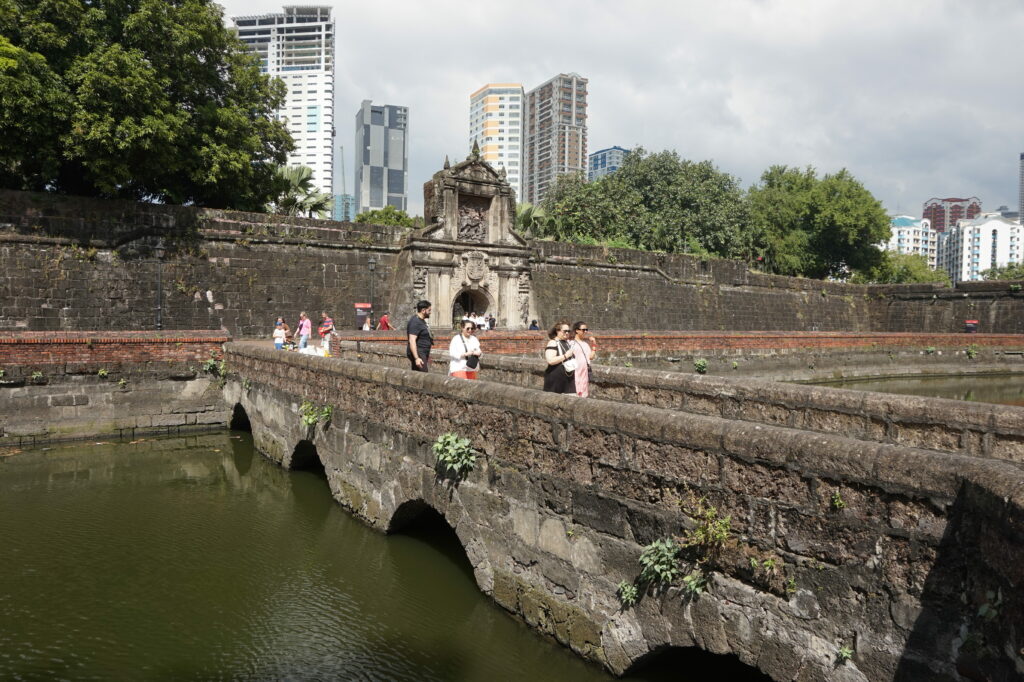
Recently opened to the public, the dungeons of Fort Santiago offer a poignant glimpse into the darker side of history. Once used to detain political prisoners, these dungeons remind visitors of the sacrifices made in the fight for freedom and independence.
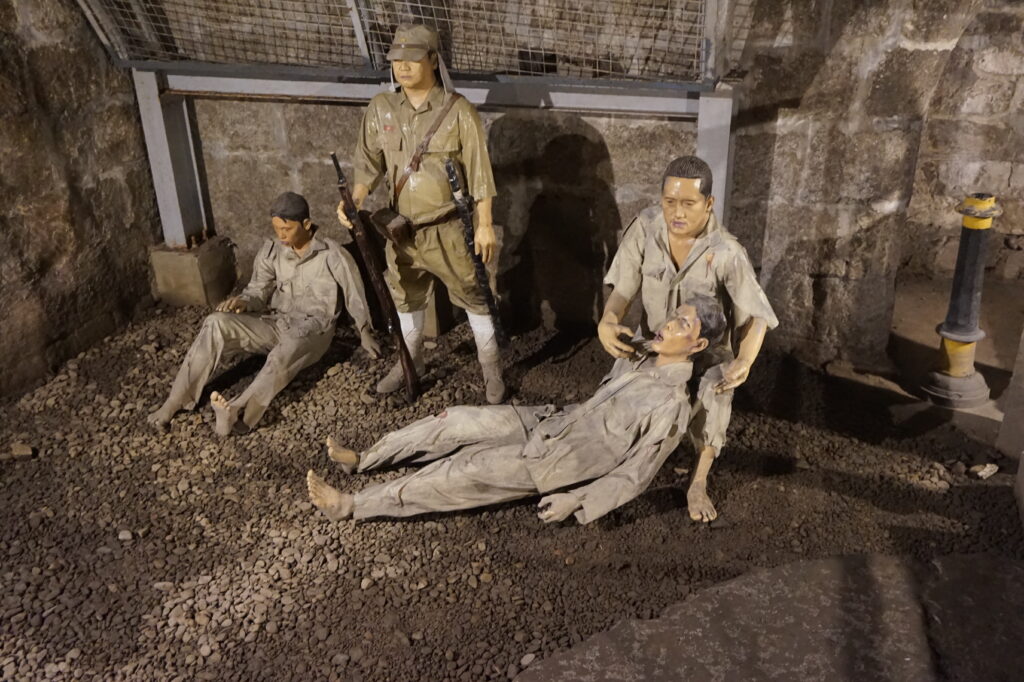
While Fort Santiago is a significant part of Intramuros, it’s just one of the many attractions within the walled city. Fort Santiago served as a military fortress and prison, while Intramuros encompasses a larger area with several historical and cultural sites.
Rizal Shrine
Dedicated to the Philippines’ national hero, Dr. José Rizal, the shrine within Fort Santiago is a homage to his life and works. This spot, where Rizal spent his final days, is a place of reflection and inspiration, honoring his contribution to Filipino identity and independence.
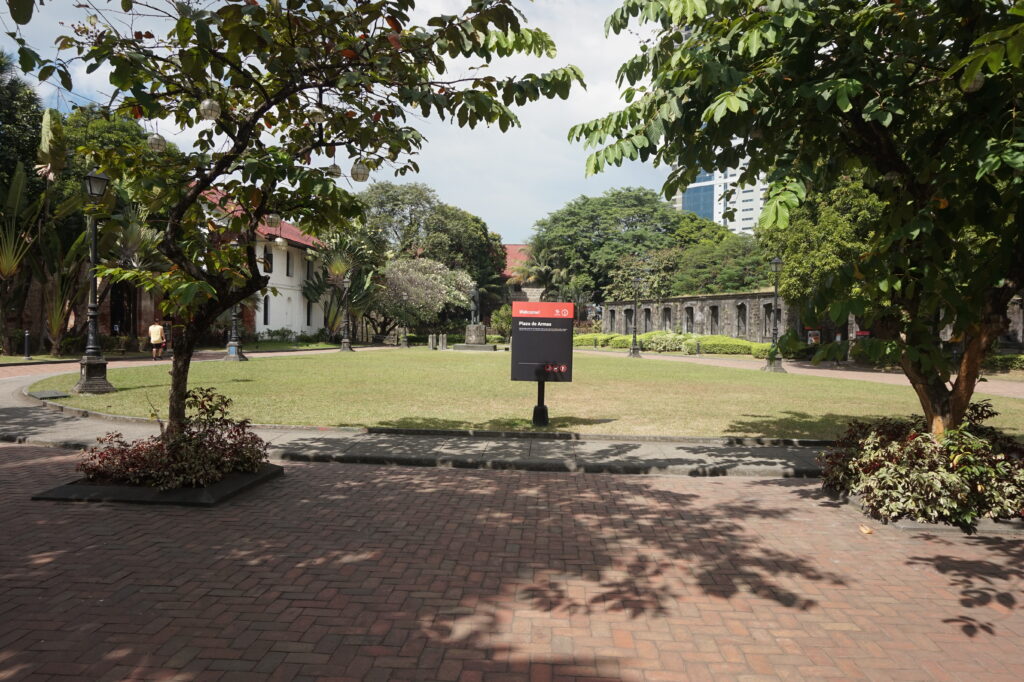
San Agustin Church
Standing as the oldest stone church in the Philippines, San Agustin Church is not just a stunning example of Baroque architecture but also a UNESCO World Heritage site. The church’s ornate interior, coupled with its historic museum, provides a deep dive into the religious art and artifacts that played a significant role in Filipino spirituality.
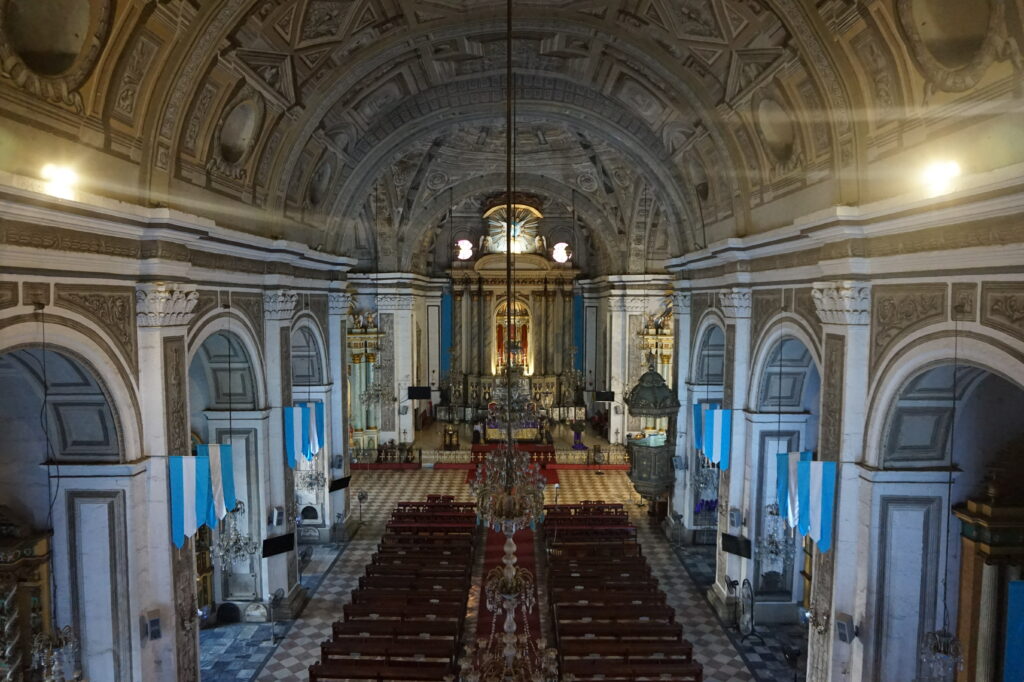
Manila Cathedral
A visit to Intramuros wouldn’t be complete without admiring the Manila Cathedral. Known for its impressive façade and richly decorated interior, the cathedral has been a symbol of Filipino Catholicism through centuries, surviving wars and natural disasters to stand proudly as the Mother Church of the Philippines.
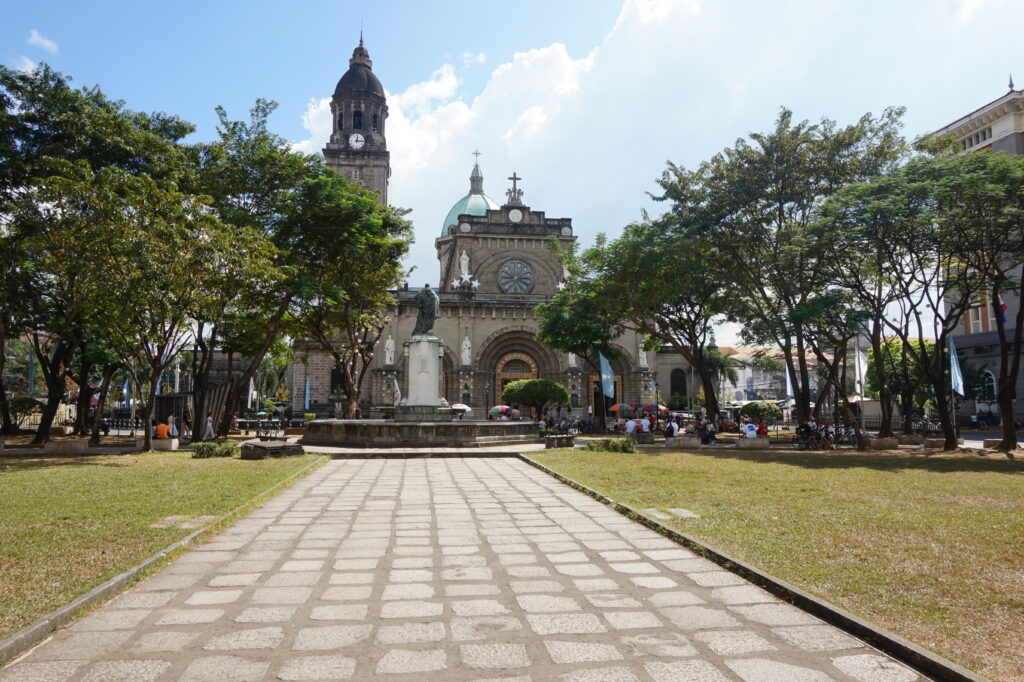
Casa Manila
Casa Manila transports offers a peek into the colonial lifestyle. This museum, replicated to mimic a Spanish colonial mansion, is furnished with period-appropriate décor, showcasing the opulence and intricacies of Manila life under Spanish rule.
Barbara’s Heritage Restaurant
For those looking to satiate their culinary curiosity with traditional Filipino cuisine, Barbara’s Heritage Restaurant is the place to be. Set in a colonial ambiance, the restaurant offers not just delicious meals but also cultural performances, providing a taste of Filipino heritage in more ways than one.
Bahay Tsinoy
This museum is a testament to the enduring influence of Chinese Filipinos in the nation’s development. Bahay Tsinoy meticulously documents the contributions and integration of Chinese culture within Filipino society, offering visitors a comprehensive look at this integral aspect of the Philippines’ cultural mosaic.
Baluartes (Bastions) and the Walls of Intramuros
The defensive walls of Intramuros, punctuated by its baluartes, offer not just panoramic views of the city but also tales of resilience and strategic military architecture. These bastions, each with its own history, served as the first line of defense, protecting the city from invasions.

San Diego Gardens and the Baluarte de San Diego
The lush San Diego Gardens, surrounding the circular fortification of Baluarte de San Diego, offer a tranquil escape within the city. The gardens not only provide a serene spot for relaxation but also a picturesque setting for photography enthusiasts.
Intramuros Walk and Bambike Ecotours
Bambike Ecotours provide an eco-friendly way to explore Intramuros on bikes, combining sustainability with cultural immersion. There are also several other walking tours around Intramuros. I will recommend going on a guided tour, but be sure to check the reviews before you go!
Puerta del Parian and Puerta de Isabel II
These historic gates, once the main entrances to Intramuros, stand as architectural reminders of the city’s past. Each gate tells its own story, welcoming visitors to explore the rich history that lies within.
Is Intramuros Worth Visiting?
Absolutely. Intramuros is more than just a historic site; it’s a living museum that offers visitors a rich tapestry of experiences. From exploring ancient fortresses and majestic churches to witnessing traditional Filipino crafts and tasting local cuisine, a visit to Intramuros is a journey through the heart and soul of Filipino heritage.
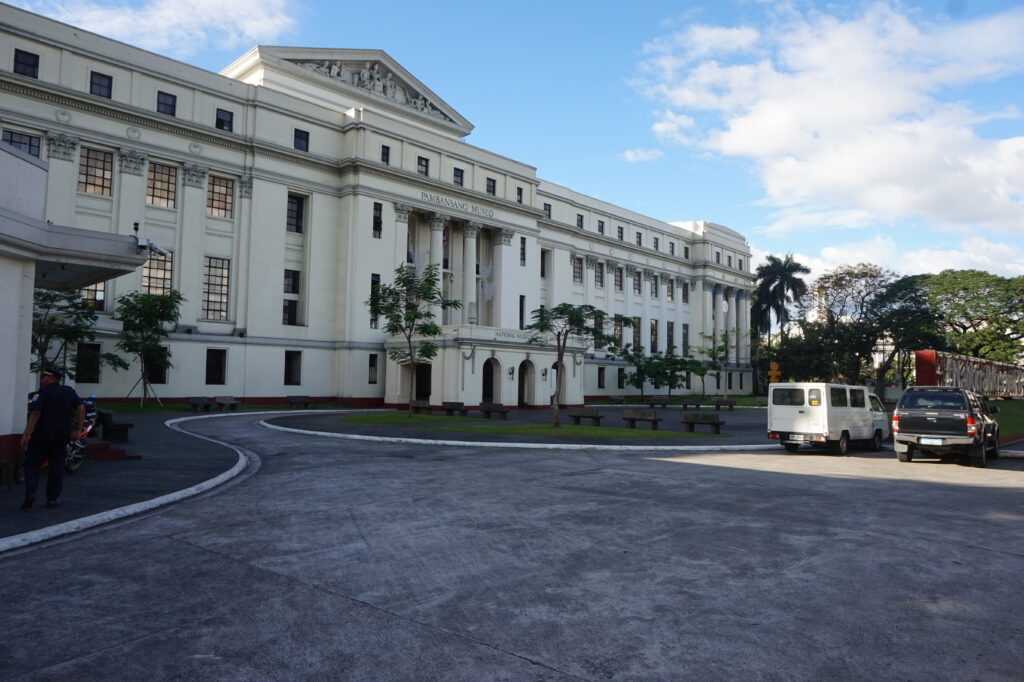
Can You Go Inside Intramuros?
Yes, visitors are free to explore the cobblestone streets and public spaces within Intramuros. While some attractions require an entrance fee, many of the district’s landmarks and its encompassing walls are accessible to everyone, inviting exploration and discovery.
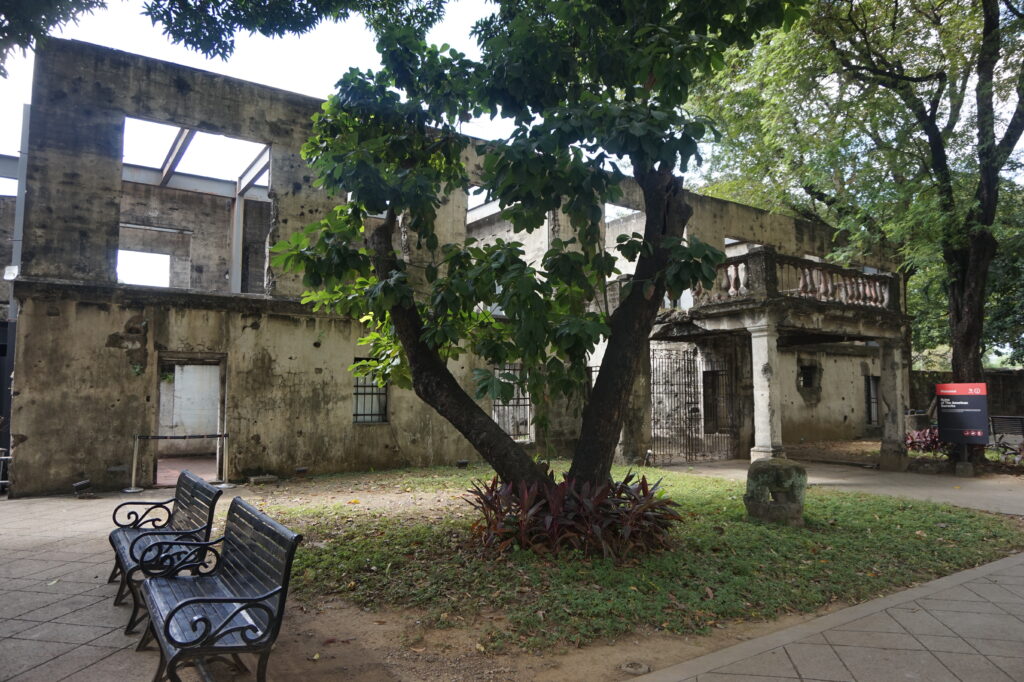
Dress Code and Visitor Etiquette
While Intramuros welcomes all visitors, it’s important to remember that it is home to several active places of worship. A respectful dress code is encouraged, especially when entering churches like Manila Cathedral and San Agustin Church. Modest attire that covers shoulders and knees is advisable.
Safety in Intramuros
Intramuros is generally safe for tourists, including at night when the district takes on a magical ambiance with illuminated streets and landmarks. However, like any busy urban area, it’s wise to stay vigilant, especially after dark, and stick to well-lit, populated areas.
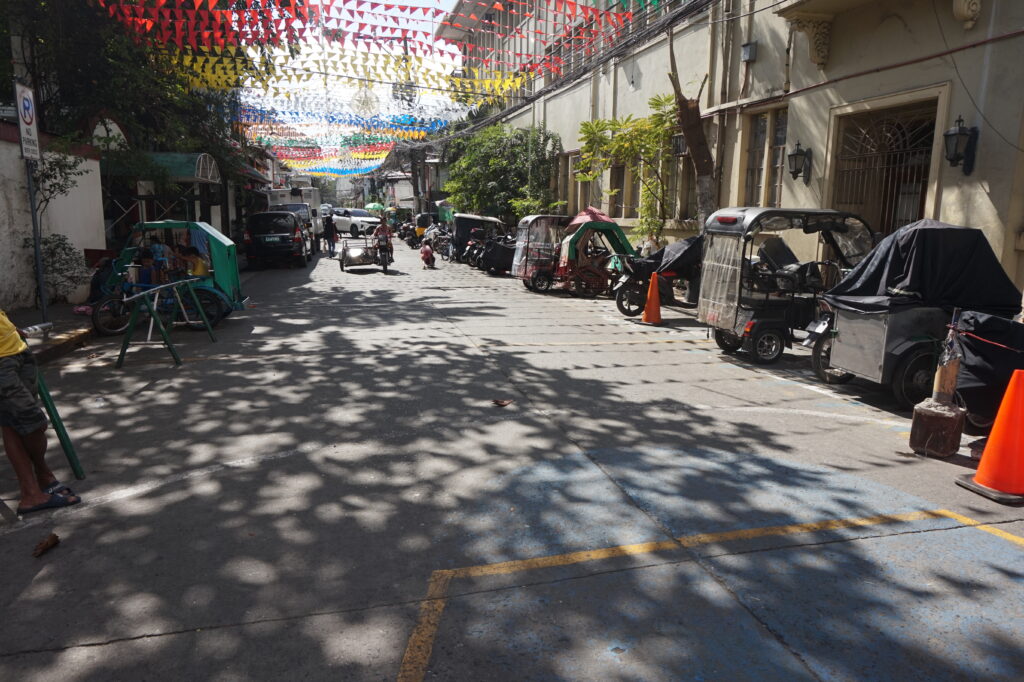
Intramuros is unparalleled in its ability to offer a comprehensive look at Manila’s historical and cultural evolution. From the architectural wonders of its churches and fortifications to the immersive experiences of its museums and guided tours, Intramuros stands out as a cornerstone of Philippine tourism.
How to Get to Intramuros
Intramuros is accessible by various means of transportation. Visitors can take a taxi, ride a jeepney, or use the Light Rail Transit (LRT) to get to this historic district. For those driving, parking options are available around Intramuros.

